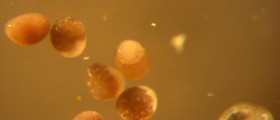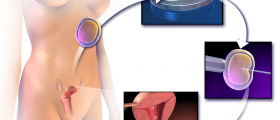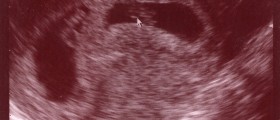
The researchers, who presented their study at the British Fertility Society's annual meeting, measured over 500 embryos during the first trimester of pregnancy. The team looked at at 247 single embryos and and 264 twin embryos conceived through IVF so that they were sure the gestational age was absolutely correct.
They found that the smallest five percent of the measured embryos (in singleton pregnancies) made up 78 percent of the miscarriages. Furthermore, 77.8 percent of the embryos that miscarried were found to have a growth restriction. On the other hand, 98.1 percent of the embryos that survived had no problems with growth. The situation with twins was a little different only 28.6 percent of the twin miscarriages involves any growth restriction. Twin embryos do grow at the same rate as single embryos. in the first trimester, according to the study.
And the researchers also remarked that previous research suggests there are no differences in growth rates between IVF embryos and those conceived naturally. Dr Shyamaly Sur the lead author of this study had some interesting things to say about the team's findings:
There are various reasons why some embryos show restricted growth in the early stages of pregnancy. It could be down to an abnormality in the fetus or something in the environment of the womb. More research is now needed to investigate the relationship between growth and the underlying causes of miscarriage in more detail. We are focusing on how blood flow to the womb lining and embryo quality influence conception rates and subsequent miscarriage.- www.cdc.gov/mmwr/preview/mmwrhtml/00038393.htm
- Photo courtesy of ZEISS Microscopy by Flickr: www.flickr.com/photos/zeissmicro/27771482412














_f_280x120.jpg)
Your thoughts on this
Loading...